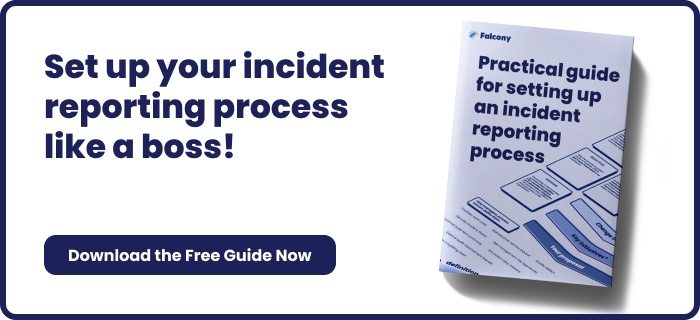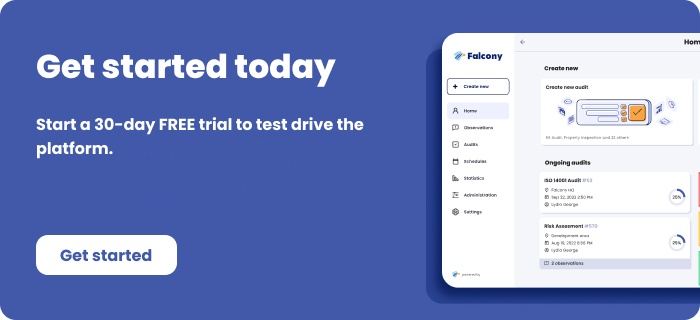9 Common Near Misses in Transportation and Trucking
The transportation and trucking industries are vital to the global economy, ensuring goods reach their destinations safely and efficiently.
However, this sector also comes with its fair share of challenges, particularly when it comes to safety. While accidents often capture headlines, near misses—incidents that could have led to serious accidents but were avoided—occur much more frequently and can serve as important learning experiences. Identifying common near misses can help mitigate future risks and improve overall safety standards within the industry.
Here are nine of the most common near misses in transportation and trucking:
Following Too Closely (Tailgating)
One of the most frequent near misses in trucking occurs when drivers follow other vehicles too closely. This leaves little room for reaction if the vehicle ahead suddenly stops or slows down. Maintaining a safe following distance is crucial, particularly for large trucks, as they require more time and distance to stop compared to smaller vehicles.
Preventive Measure: Truck drivers should follow the "four-second rule" or more, depending on road conditions, to allow for sufficient stopping distance.
Improper Lane Changes
A near miss often occurs when a truck driver changes lanes without properly checking blind spots or signalling intentions. This could involve cutting off other vehicles or failing to notice a car in the blind spot, leading to a potential collision.
Preventive Measure: Drivers must always use mirrors effectively, signal intentions well in advance, and ensure that the lane change is clear before proceeding.
Fatigue-Related Near Misses
Driver fatigue is a significant cause of near misses, as tired drivers have slower reaction times, impaired decision-making, and reduced awareness. Long shifts without adequate rest are especially dangerous in the trucking industry.
Preventive Measure: Adhering to regulated driving hours and ensuring that drivers take regular breaks can combat fatigue. Trucking companies should also consider installing systems to monitor driver alertness.
Adverse Weather Conditions
Rain, snow, fog, and ice can create slippery roads and poor visibility, heightening the risk of near misses. Truck drivers often face challenges in these conditions, especially when visibility is reduced or roads become slick.
Preventive Measure: Truck drivers should adjust their driving behaviour in adverse weather, slowing down, maintaining a greater distance from other vehicles, and ensuring that their vehicle’s tyres and lights are in optimal condition.
Speeding
Speeding is a prevalent cause of near misses. In an attempt to meet tight delivery schedules, drivers may exceed speed limits, leading to decreased control and longer stopping distances. This can quickly escalate a close call into a full-scale accident.
Preventive Measure: Strict adherence to speed limits and company policies regarding delivery schedules can significantly reduce speeding-related near misses.
Improper Loading and Securing of Cargo
When cargo is not properly loaded or secured, it can shift during transit, leading to instability and the potential for the truck to become harder to control. This can also result in cargo falling off the truck and creating hazards for other road users.
Preventive Measure: Ensuring that all loads are properly secured before departure, using appropriate strapping, tarps, and weight distribution, can prevent cargo-related near misses.
Poor Vehicle Maintenance
A lack of regular maintenance or ignoring warning signs of mechanical issues can lead to near misses. Common problems include brake failure, tyre blowouts, or engine malfunctions that can leave drivers unable to respond to hazards quickly enough.
Preventive Measure: Regular vehicle inspections, including checking the brakes, tyres, lights, and other critical systems, are essential to maintaining a safe fleet.
Distracted Driving
In an era of mobile devices, distracted driving has become a serious concern. Truck drivers who use mobile phones or are distracted by in-cab technology may miss vital warnings or fail to react in time to avoid a collision.
Preventive Measure: Strong policies against the use of mobile phones while driving and the implementation of hands-free technologies can help reduce distractions behind the wheel.
Reversing and Blind Spot Accidents
When trucks are reversing, especially in tight spaces, there is a risk of near misses with pedestrians, other vehicles, or obstacles. Blind spots around large trucks make it challenging to spot hazards, and drivers may unknowingly reverse into danger.
Preventive Measure: Installing cameras, sensors, and mirrors that improve visibility, combined with proper training in reversing techniques, can significantly reduce blind spot-related near misses.
Conclusion
While near misses in the transportation and trucking industries are often seen as “close calls” that did not result in an accident, they are valuable indicators of areas where safety can be improved. By addressing the common causes outlined above, companies can take proactive measures to reduce the frequency of such near misses and ultimately improve road safety for everyone. Continuous training, awareness, and the implementation of advanced safety technologies can go a long way in ensuring that near misses remain just that—misses.
By focusing on prevention and improving operational standards, the risk of accidents can be minimised, protecting not only drivers but also the public at large.
Are you looking for a tool to monitor nonconformities or any other issues in your organisation? Falcony | Observe ticks all the boxes for issue management, is easy to customise, enables real dialogue and is a lot more.
We are building the world's first operational involvement platform. Our mission is to make the process of finding, sharing, fixing and learning from issues and observations as easy as thinking about them and as rewarding as being remembered for them.
By doing this, we are making work more meaningful for all parties involved.
More information at falcony.io.

Related posts
9 Critical Loss Prevention Risks in Transportation and Trucking
In the fast-paced and often unpredictable world of transportation and trucking, risk management is...
9 Common Unsafe Acts in Transportation and Trucking
In the transportation and trucking industry, safety is paramount.
The nature of the work involves...
8 Typical Whistleblowing Cases in Transportation and Trucking
The transportation and trucking industry plays a critical role in facilitating the movement of...







